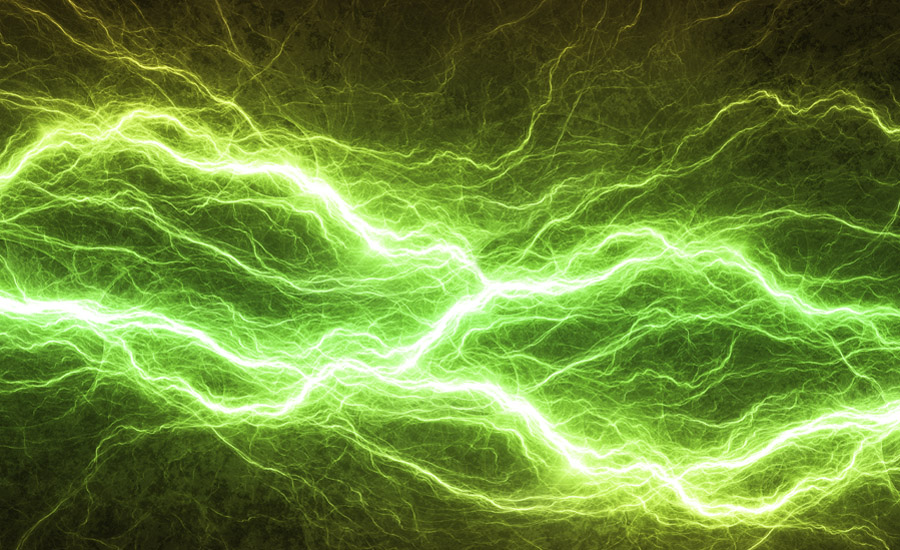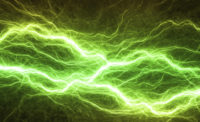Demand for high-efficiency electrical equipment is steadily increasing. With more electrical equipment to maintain and operate, workers are exposed to numerous hazards every day. One of those hazards is arc flash, or an arc blast, which can have devastating consequences. If there is an incident, the emotional and financial effects can be devastating. As illustrated in Figure 1, when you start to combine individual arc flash risks, you significantly increase the chances of an arc flash event.
In the United States, OSHA 1910.132 requires employers to access the workplace to determine whether hazards do or are likely to exist. OSHA references the National Electrical Code, NFPA 70E, and the IEEE standards for compliancy.
A common cause of noncompliancy is the misuse of the PPE tables in NFPA 70E. It’s often overlooked that NFPA 70E requires the available fault current and clearing time of protective devices to be known; in many plants, this is not the case. Also, NFPA 70E states that an incident energy analysis is to be performed when the following conditions are present:
- The worker’s task(s) are not listed in the tables
- Power systems have greater than the estimated maximum available fault current
- Power systems have longer than the maximum clearing times
- There are tasks with less than the minimum working distance.
When NFPA 70E tables are used instead of performing an incident energy analysis, some things to consider are:
- Notes in the tables that have specific requirements for the PPE are generally ignored.
- The short-circuit current is assumed.
- The protective device clearing time is assumed.
Workers need to understand the correct use of PPE; they need to be able to recognize electrical hazards; and they also need to understand safe work practices. This training is required and specified by OSHA, NFPA 70E, and also the National Electrical Code. Plus, these standards, as well as the National Electrical Safety Code (which is specifically enforced for utility companies), require that an arc flash assessment be performed. IEEE 1584 provides a procedure for performing the arc-flash hazard/incident energy calculations.
What exactly does an arc flash hazard or incident energy analysis look like? Mathematical methods determine and, if possible, reduce the risk of personal injury as a result of exposure to incident energy from an arc flash. The purpose of the incident energy analysis is to identify the worker’s incident energy exposure, the arc flash boundary, the appropriate working distance, and the PPE’s required calorie rating.
The magnitude of the arc flash hazard is determined by the NFPA 70E equations or the IEEE 1584 standard, which was derived from actual test data. Arc flash hazard is expressed in incident energy with the units cal/cm2.
Also, arc flash protective clothing is rated in arc thermal performance value (or ATPV), which is also expressed in cal/cm2. Essentially, you need to be certain that the cal/cm2 rating of the PPE you’re wearing is greater than the calculated incident energy (or cal/cm2) of the equipment you’re working on. With a proper arc flash study, this information should be presented on the arc flash label.
How can you be sure you are getting an accurate study? One of the top questions asked is whether an engineer is required to perform an arc-flash study. It is essential to have a qualified and properly trained individual perform the study – this should be a licensed professional electrical engineer (or PE). In most cases, the engineering board of the state or the governing body in which the study was performed requires that a PE certify the work.
Each of the tasks listed in the incident energy analysis process is a crucial component of a complete analysis, and it is important that each be performed thoroughly and properly to create an accurate study that will generate the proper information needed to help protect workers.
Electrical one-line drawings. The process begins with the evaluation of the electrical one-line drawings, which should be kept up to date per NFPA 70E. For the study to be accurate, it is very helpful if existing electrical one-line drawings exist that show the full power distribution. The one-lines should identify the sources of power, voltage levels, and electrical equipment, such as transformers, generators, switchgear, motor control centers, panelboards, and protective devices.
Data gathering and system modeling. Where electrical one-line diagrams are not available, the data-gathering process must identify all of this information and essentially a one-line diagram is created with the gathered information. All equipment information should be gathered. This includes equipment ratings, arrangement of components on electrical one-line diagrams, the nameplate of every electrical device, ratings and trip settings of every protective device, and sizes and lengths of all conductors.
It is crucial to obtain the information on actual equipment. The gathered information is typically input into engineering software in the form of a one-line diagram model with the correct information selected for each component. This provides the basis for comprehensive power system modeling in performing all types of analysis.
Short-circuit study. As part of the study, a short-circuit analysis is performed to determine whether the protective devices are properly rated to withstand a bolted-type short-circuit fault. The maximum available fault current is calculated at each significant point in the system, and as an additional analysis, the bolted fault currents are converted into arcing currents. The results are determined based on the equipment’s existing rating.
Protective device coordination study. This allows the engineer to properly coordinate the protective devices so that you don’t have an upstream breaker tripping before a downstream breaker in the event of a fault. If this happens, it could shut down critical equipment or possibly even an entire facility, depending on the configuration. In most cases, a protective device coordination study also allows the incident energy levels (or the arc flash hazard) to be reduced at various locations with recommended changes of existing settings on the breakers or relays.
Incident energy / arc flash hazard analysis. The arc flash hazard (or incident energy) calculations also are performed as part of the study. As mentioned previously, the calculations are typically based on IEEE 1584; however, the calculations can be based on the equations depicted in NFPA 70E or NESC, depending on the type of facility and/or electrical equipment involved.
Also, per NFPA 70E Section 130.5, an incident energy analysis should be updated when major system modifications take place. This accounts for changes in the electrical system that could affect the analysis. The studies also must be reviewed every five years, at minimum.
Written reports and labels. A written report is provided to inform the owner of the results and recommendations. Labels are applied to the electrical equipment showing the incident energy, PPE requirement, arc flash boundary and working distance for each piece of equipment.
Source: Plant Services http://www.plantservices.com



